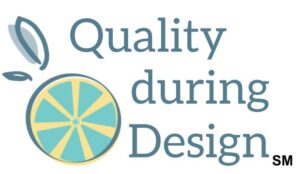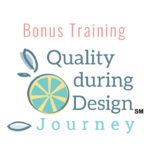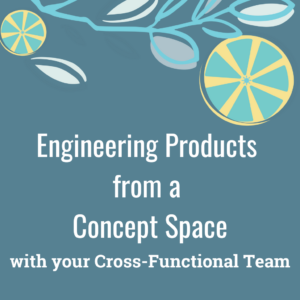
Welcome, [accessally_user_firstname]!
This introductory lesson is titled "Engineering Products from a Concept Space with your Cross-Functional Team".
Click the link in the sidebar menu to access this introductory lesson.
This lesson is structured like the other lessons in the Quality during Design training products, so this also gives you a preview of what to expect within the Fast Track and the Quality during Design Journey.
What you'll learn
Learning objectives
In this introductory course/lesson, you learn:
- what the Quality during Design Concept Space is and its sources of design inputs
- why engineers, the whole project, and the broader team all benefit from their early work in concept development
- quality tools that can help teams discover more in working meetings
- what types of things can be iterated from concept through later stages of the product development process
You'll also learn more about how the Quality during Design Journey is organized to help you develop concepts.
The learning objectives for courses are integrated throughout the lessons using the materials within this online portal and the practice problems.
Learner Prerequisites
These courses are created for learners involved in product design development. An engineering degree or background is useful but is not a prerequisite to this course.
What are the Next Steps?
Quality during Design Journey
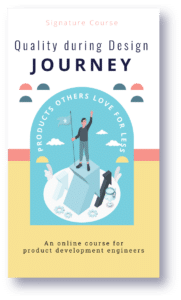
The Quality during Design Journey includes online training plus community and support.
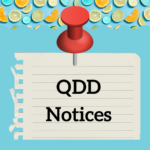
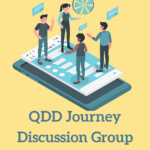

There are 3 courses that are part of the Quality during Design Journey.
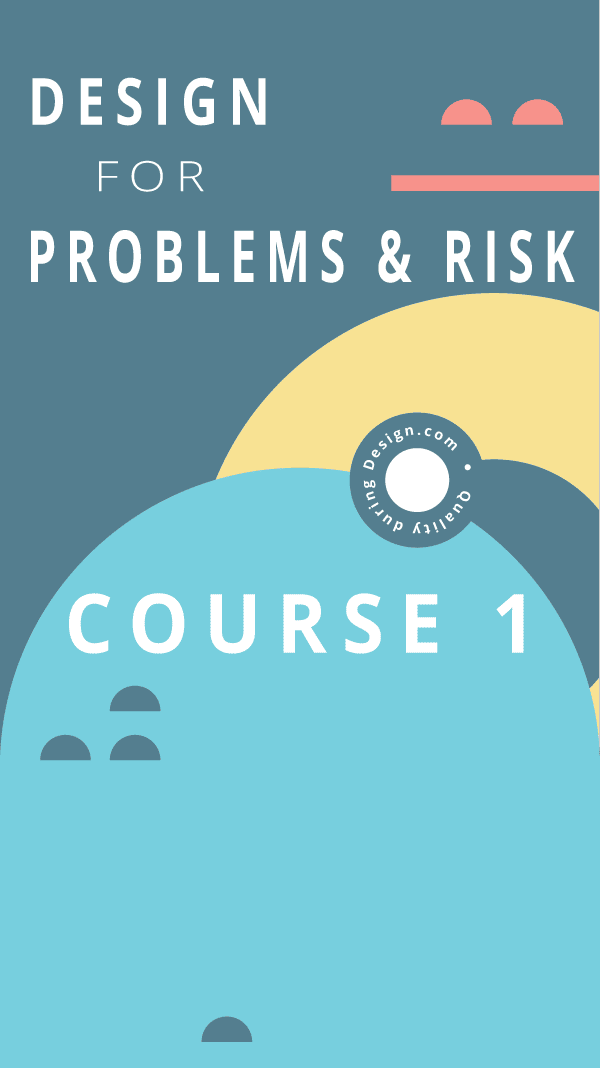
Course 1
Design for Problems and Risk
(3 weeks - 8 lessons)
This Course is all about expanding product design to include problems and failures, and how we can use that to our advantage with our cross-functional team.
We explore:
- the differences between Symptoms, Problems, and Causes and how we can use that in design
- a model of risk analyses for early concept decisions
- a systems viewpoint of design
- a model to help us think about design in controlling risks
- risk analysis we can use to assess early concepts, and then iterate on them throughout product development with our team for design decisions (FMEA, FTA, and hazard analysis)
- how we can use monitoring for more design decisions
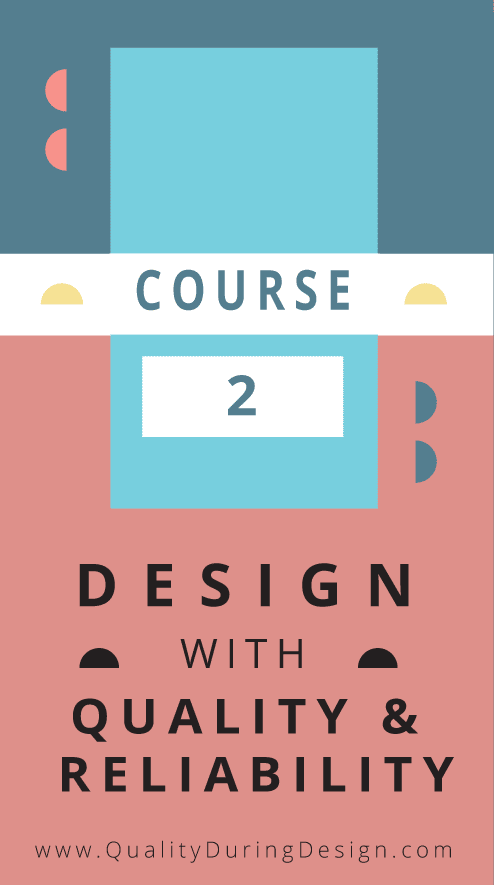
Course 2
Quality and Reliability in Design
(1 week - 1 lesson)
We'll be covering this topic: use frameworks for (you and your) teams to explore, prioritize, and iterate on the product design at an early concept phase.
The specific learning objective of this course is to analyze concept designs for DfX (design for excellence) using 3 special types of concept diagrams. Get modularity, interactions, and layouts with your team's input.
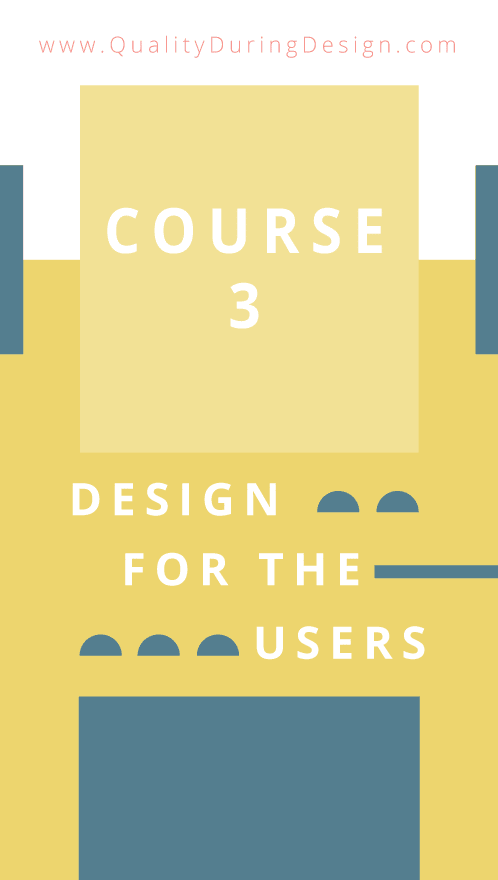
Course 3
Design for the Users
(2 weeks - 4 lessons)
We'll be covering topics in these areas: concept development and design inputs, including requirements.
The specific learning objectives of this course are:
- Develop group discussions to explore potential benefits in product
concepts as a means of design input. - Define design priorities and actions against customer satisfaction
and quality characteristics; identify what features and inputs are
critical to motivation, satisfaction, and quality. - Write technical design inputs that are aligned with features, their
benefits, their use, and customer satisfaction. - Develop group discussions to evaluate users, their potential use
processes, and tasks at concept development as a means of design
input. - Choose features and design inputs to address use errors.

Start with 4 lessons to get a fast start to working with your cross-functional team for design inputs. These 4 steps are lessons I picked specifically to fast track your success in getting design inputs from the concept space. There is at least one lesson from each course represented in the Fast Track. These lessons also include meeting agendas and other downloads, so you have what you need to get started.
